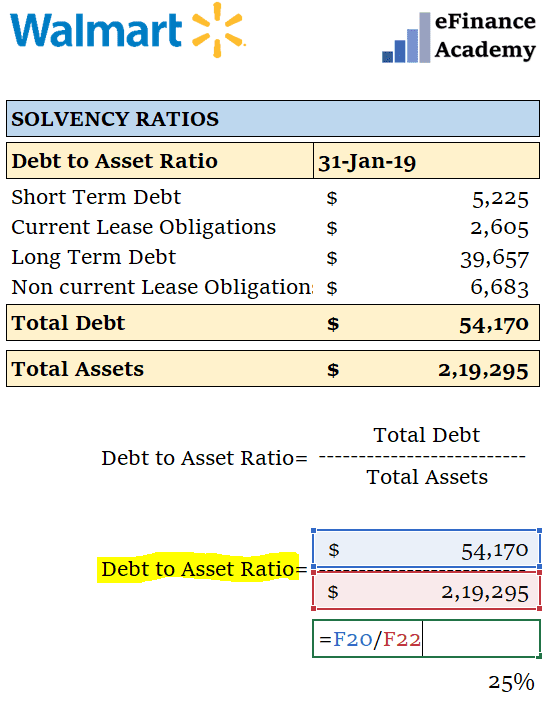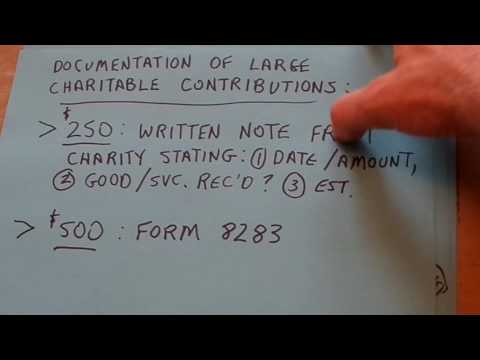Alternative minimum tax 2022-2023: What it is and who has to pay
To learn more about what that means for you and your tax bill, see Kiplinger’s guide to the federal tax brackets and income tax rates for 2023 and 2024. And remember, whether you receive a 1099-K or not, the IRS expects you to report all taxable income on your federal income tax return. The alternative minimum tax rates for 2022 and 2023 are 26% and 28%. However, the threshold for the AMT Exemption and phase-out limits vary based on inflation. The tax is applied through an exemption-based process — if your income is lower than the AMT Exemption for that year, you aren’t eligible for the AMT.
- Because ISO bargain element is a timing adjustment in AMT parlance, she is able to carry forward her $12,912 in AMT paid to tax year 2020 as a minimum tax credit, where she may receive a credit for the tax paid.
- If one or more of the above factors apply to you, consider talking to your tax advisor to see if you may be able to reduce your exposure to AMT.
- Since the passage of the 2017 Tax Cuts and Jobs Act, certain AMT brackets and thresholds were automatically indexed to inflation.
- In addition to a higher marginal tax rate, one of the most important AMT rules applies to standard deductions.
- Bankrate follows a strict editorial policy, so you can trust that we’re putting your interests first.
Our editorial team does not receive direct compensation from our advertisers. Bankrate follows a strict editorial policy, so you can trust that we’re putting your interests first. Our award-winning editors and reporters create honest and accurate content to help you make the right financial decisions.
Can You Avoid the AMT?
Under the tax law, certain tax benefits can significantly reduce a taxpayer's regular tax amount. The alternative minimum tax (AMT) applies to taxpayers with high economic income by setting a limit on those benefits. It helps to ensure that those taxpayers pay at least a minimum amount of tax. In contrast, the standard deduction for married couples under the regular income tax is twice that for singles, and all but the highest tax brackets for married couples are twice as wide as those for singles. The TCJA reduced AMT marriage penalties somewhat by increasing and adjusting the income at which the exemption begins to phase out so that it is twice as large for married couples as for singles.
Alternative minimum tax calculation
The IRS may offer tax deadline extensions to those in areas impacted by natural disasters. Typically, you don't have to include income related to the exercise of incentive stock options (ISOs) when calculating your normal tax liability. With the AMT, you must often include ISO income when you exercise the options, regardless of how much longer you hold the shares received. If you are likely to pay the AMT, consider selling your shares in the same year you exercise the options.
This year, changes for the 2023 tax year are a combination of inflation adjustments, and potential last-minute tax law changes from the U.S. Here’s more of what you need to know about seven changes in particular. Note that these deductions have the potential to be disallowed or treated differently under the AMT system than under the normal ordinary income tax system. For investors, keeping an eye on long-term capital gains can help you avoid AMT liability. Remember that this can also apply to your taxes on your crypto investments. Public can help you keep an eye on the market with its exclusive market content.
Public Investing is a wholly-owned subsidiary of Public Holdings, Inc. (“Public Holdings”). This is not an offer, solicitation of an offer, or advice to buy or sell securities or open a brokerage account in any jurisdiction where Public Investing is not registered. Securities products offered by Public Investing are not FDIC insured. Apex Clearing Corporation, our clearing firm, has additional insurance coverage in excess of the regular SIPC limits. Be sure to include income that might be tax-free under the normal income tax system but not under the AMT.
The first AMT was enacted in the US in 1969 as an add-on tax of 10%. Today, it’s simply a minimum tax rate for federal income tax that high earners have to pay. In the IRS’s terms, it’s a tentative minimum tax that’s applied over ordinary income tax. The alternative minimum tax (AMT) is a tax levied on higher earners that ensures they pay a certain amount of their income in taxes, regardless of the number of credits or deductions they receive. Even if your ordinary income tax is lower, you’ll still have to pay the AMT. You only have to concern yourself with the AMT if your adjusted gross income (AGI) exceeds the exemption for your filing status.
The AMT is now most likely to hit those at the top of the income scale who are engaged in certain tax sheltering activities. You begin with taxable income from Form 1040; then items are added back to make it higher. The first item added back is your state and local taxes and property taxes from Schedule A. Many of the “red flags” items listed above are then added back or calculated in a different way for the AMT. Your https://turbo-tax.org/ AMT taxable income is compared to the income levels listed above, calculating a taxable excess. For 2022, a 26% tax rate is applied to the first $206,100 ($103,050 if married and filing separately) of the taxable excess; a 28% tax rate is applied to any additional taxable excess. Nobody enjoys paying taxes, but if you had to pick one tax that is almost universally disliked, it's the alternative minimum tax (AMT).
Tax season bottom line: When are taxes due?
The AMT rate is a flat 26% for income up to $197,900 ($98,950 for married taxpayers filing separate returns). Although the AMT was originally enacted to target 155 high-income households, it grew to affect 5.2 million taxpayers each year by 2017, raising $36.2 billion, or 2.4% of federal income tax revenue. The passage of the TCJA for tax year 2018, reduced the affected number to about 0.1% of all taxpayers.
Alternative Minimum Tax: Common Questions
According to the IRS, certain tax benefits that are allowed under tax law can reduce a taxpayer’s tax amount by a significant degree. Alternative minimum tax (AMT) is a special tax calculation that certain high-income taxpayers must use to make sure that they are paying at least a minimum amount of tax. This year, the exemption amounts will be $126,500 for married joint filers and $81,300 for unmarried individuals, but the exemption is subject to phase-out based on income.
That meant children with investment income frequently paid AMT as well as regular tax. Children who pay kiddie tax on investment income are far less likely to pay AMT. After you subtract the exemption amount from AMTI, the remaining income will be subject to the AMT rate.
What is the alternative minimum tax?
However, the agency has said that amounts issued in some states, including Minnesota Walz checks and Arizona Families Tax Rebates, are considered taxable income. The IRS Free File program operates with tax preparation providers with various eligibility rules and products. If you haven’t filed your taxes yet and are interested in Free File, visit the IRS Free File site. Follow the online lookup tool prompts to find the right product for you. Interest dividends distributed by a municipal bond or money market mutual fund are also subject to the AMT if the fund owns certain private activity bonds. A fund's prospectus will tell you if the fund aims to generate only AMT-free interest dividends.
Real estate taxes and personal property taxes are not deductible under AMT rules. Taxpayers pay the higher of their tax calculated under regular income tax rules or under the rules for the alternative minimum tax (AMT). In 2017—before enactment of the Tax Cuts and Jobs Act (TCJA)— the 39.6 percent top rate under the regular income tax was much higher than who has to pay alternative minimum tax the 28 percent top statutory AMT rate. Thus, households with very high incomes who did not attempt to shelter much income typically paid the regular income tax. Households not at the very top of the income scale but still with high income faced somewhat lower statutory tax rates under the regular tax and were therefore more likely to pay the AMT.



